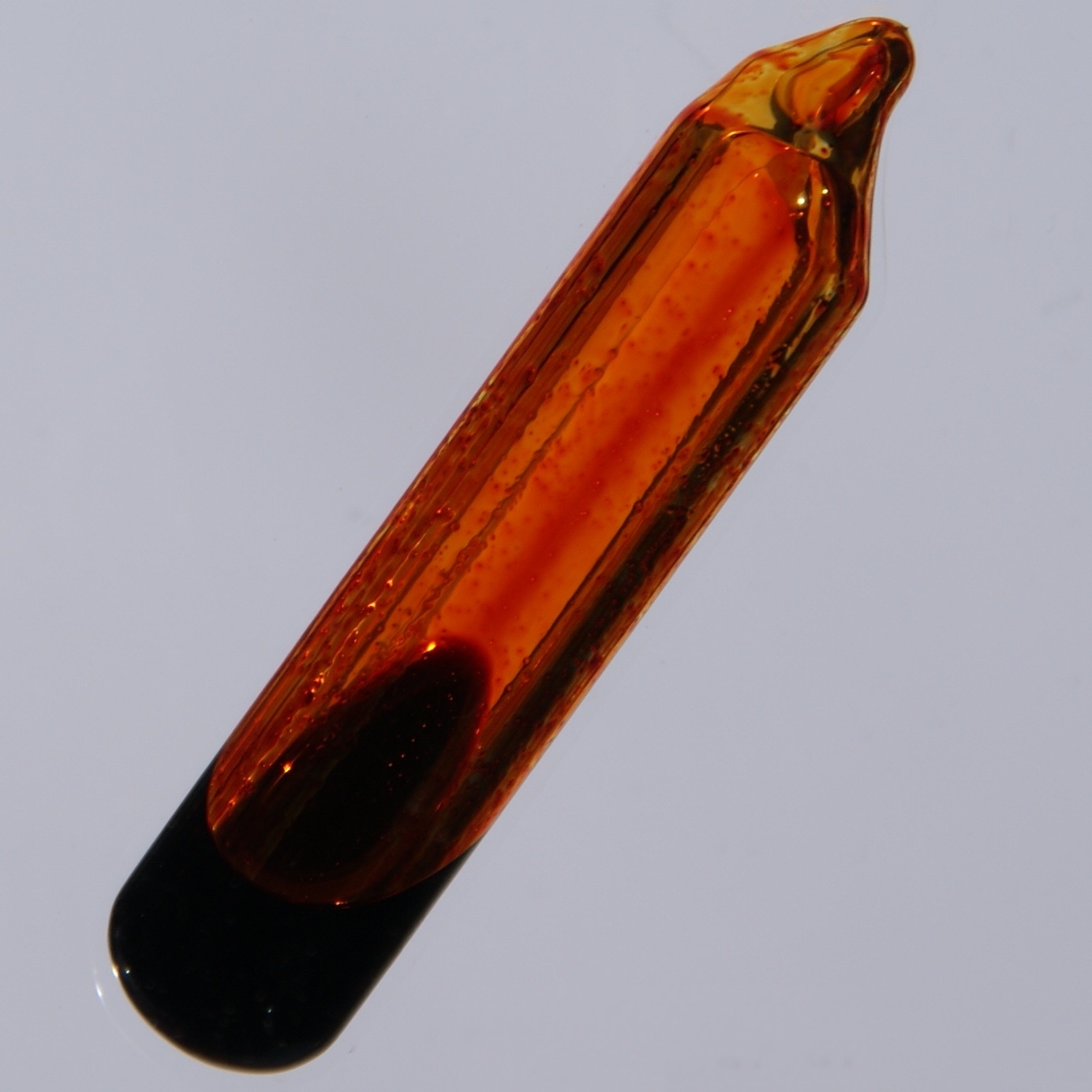Functional Groups
Definition: a Functional group is a part of the organic molecule which is neither a C atom or an H atom. There are many types of individual atoms or polyatomic ions that make a functional group, each having it's own properties.

For example, the functional group in this molecule would be Oxygen (Aldehyde).
There are many different types of functional groups, such as Aldehydes, Ketones, Halides and Nitro compounds, Esters, Ethers, Amines. Each has a different functional group, and with it, different naming.

**We're only going to be looking at the first 3 functional groups (Aldehydes, Ketones, Halides And Nitro Compounds)
Halides and Nitro Compounds:
For the Halides, there are 4 elements that form this functional group;
-Fluorine (Fluoro)
-Bromine (Bromo)
-Chlorine (Chloro)
-Iodine (Iodo)
Nitro Compound (just one);
-NO2 (Nitro)
When naming a compound that contains a halide or nitro, use the name in the brackets. For example;
To name this compound, we'd say 1-fluorohexane. If there is more than one atom of the same element, use (di, tri, tetra etc.) prefixes. Same naming rules apply for nitro.
**Don't forget that the names of the compounds are in alphabetical order (ie 1-bromo-2-fluorohexane)
Properties;
- Generally insoluble in water
- Compounds containing Fluorine are inert
- Compounds containing Bromine and Chlorine are more reactive, but still only react under extreme conditions
- Compounds with Iodine are very reactive
- Nitro compounds tend to be unreactive, yet explosive
- Nitro compounds generally have a nice smell
Aldehydes and Ketones:
Both Aldehydes and Ketones are organic molecules with double oxygen bond. The difference between the two is that aldehydes have the double bond on either end of the compound. Ketones on the other hands, can form double oxygen bonds with any carbon atom EXCEPT the ones at the ends.
Naming: For aldehydes, change the "e" in the alkane, alkene, alkyne, with "al"... So instead of propane, you would write propanal. You never put a number before the compound's name if it's an alkane. But you could write 2-propEnal (the 2 represents where the double bond is not where the O is)
- For Ketones, it's very similar, instead of changing the "e" at the end with "al", you change it to "one". So for example 3-propanone. The number in front of the compound represents where the oxygen double bond takes place.
Properties;
- Aldehydes and ketones are easily oxidised
- They're both liquids, the boiling point rises as the molecule gets bigger
Alcohols are molecules with the functional group "OH". Alcohols are basically an alkane with single or multiple OH functional groups.
 |
| One of the oldest types of man made alcohol is Ethanol |
Properties:
- Soluble in water
- The bigger the molecule the less soluble
Here's a quiz to test what you've learned today
























 It looks complicated right? But as long as you get the rules, it will be really easy.
It looks complicated right? But as long as you get the rules, it will be really easy.










